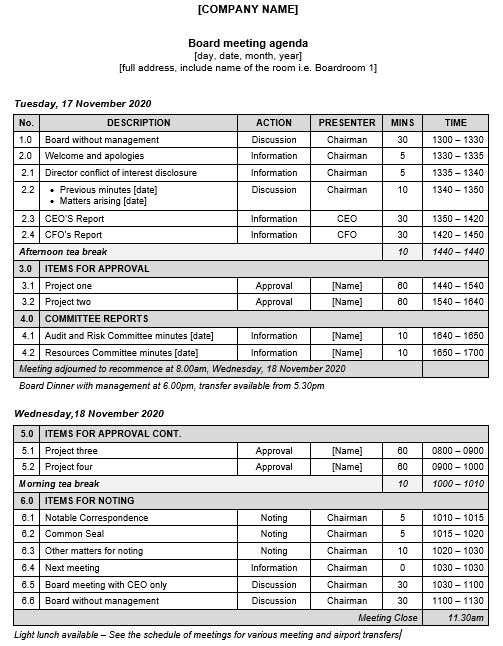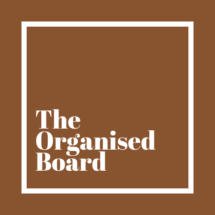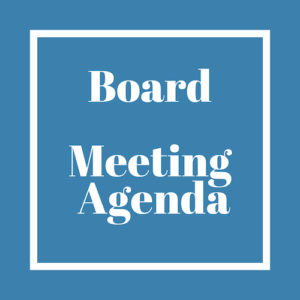Building the board meeting agenda starts with the board annual agenda and will include actions arising from previous meetings, input from the members of the executive team and the CEO. A director can also request an item be added to the agenda.
Once the board meeting agenda has been approved by the CEO, the Chairman has final approval.
How to structure the Board meeting agenda
Layout of the agenda
The goal of the agenda is to allow the directors to easily scan through the order of events. Make the agenda appealing to eye, using white space and large fonts can avoid the reader from becoming over whelmed and fatigued before the meeting even starts.
Numbering each item is recommended so the relevant papers can be easily retrieved in either in an electronic portal or in a printed binder.
The description of the agenda item should match the title of the paper, if the titles are different it leads to confusion.
By outlining what action is expected by the directors forewarns the member on the desired outcome. For instance items for information may be just noted in the minutes with no need for a discussion to take place where as an item for approval means the member need to act.
The presenter/s names should be noted usually this will be the person who wrote the paper and is the expert as well as this Executive responsible for the item. Generally only one or two people should be present – tuning up with 5 – 6 people for a 30 minute presentation could be counter productive.
Timing is important, clearly outlining how much time is allocated for an items allows the Chair to move the meeting along at a steady pace so that the directors can spend time important items and the routine times do not eat up all the time. The presenters also know how much time they have with the directors and can develop their presentations accordingly.
Scheduling breaks are important to keep the directors alert.

If the board pack is to be uploaded to a Board Portal the agenda titles need to be big enough for the finger to tap the correct hyperlink. Try not to squash the agenda onto one page, white space is good!
Heading
Board time without management
It is good practice to start the meeting with the board meeting without management present. This is also referred to as an ‘in-camera’ session. The board can have a frank discussion about the agenda items in private.
This is also an important time for the board to get to know each other and form professional relationships.
The board may also wish to meet with the CEO prior to the meeting.
Welcome, apologies and conflict of interest disclosure
Management join and the meeting is officially opened, a record of discussions will be recorded from here on.
The Chairman welcomes new members of the board and directors can advise if they are unable to attend an upcoming meeting. There is also an opportunity for directors to declare a potential conflict of interest before items are considered.
Declaring a potential conflict of interest at the beginning of the meeting alerts other members to be cautious not to discuss a certain topic when the director is present. It also allows the Chair to request a member leave the room if the topic arises without any cause of embarrassment or confusion.
Minutes of the previous meeting
The directors have an opportunity to provide any feedback or request clarity regarding the minutes of the meeting before the Chairman declares the minutes to be a true and correct record of the meeting. If there are no amendments the the Chairman signs the minutes and they are entered into the minute book and become a Company record.
Schedule
If the meeting will be held over multiple days, insert the date at the top of the agenda. Add in any time sensitive information i.e. if there is a dinner planned and when the meeting is scheduled to commence the next day. A full outline of the schedule, including when directors are departing should be provided separately in the Schedule of Meetings document.

